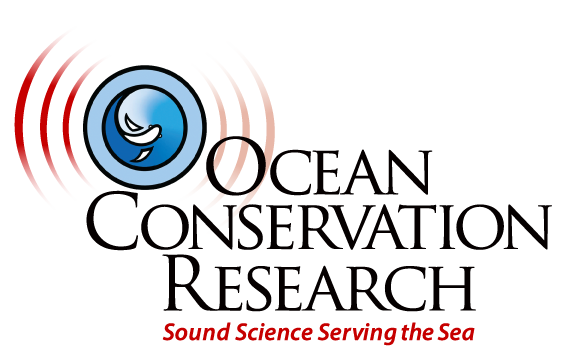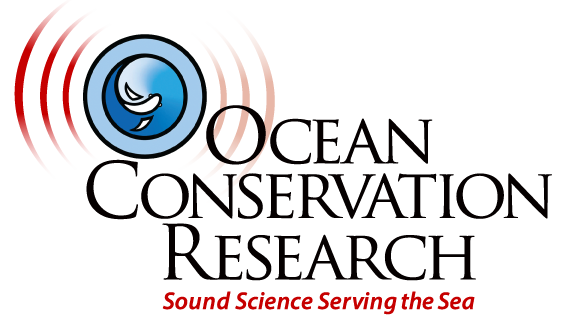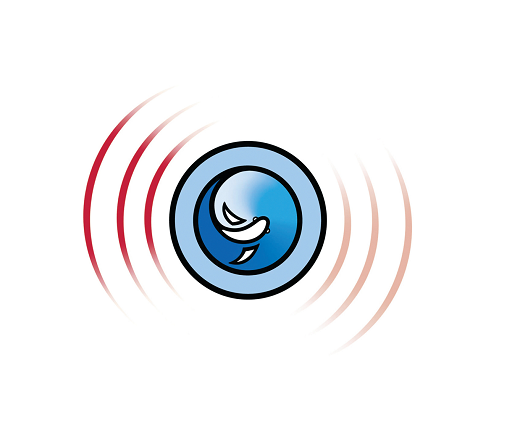The Arctic – once mostly unknown and considered inaccessible to all but the most intrepid explorers (and the resident indigenous people) is increasingly becoming familiar to the public at large. This is due in part to the changing dynamics of the Arctic caused by climate disruption – as more of the Arctic Ocean is becoming open water previously inaccessible sea surface is exposed to navigation and the sea bottom to exploitation.
With the increase in human activities – marine navigation, resource exploration, fishing, and scientific research comes more attention from the public.
In our Arctic Focus section we provide a tiny window on the arctic environment. We’ve collected images that reveal both the pristine and the precarious nature of an environment built of shifting ice cutting and crashing through freezing waters. We also offer one week of hydrophone recordings from one arctic location: a hydrophone drop off the lead ice off Barrow Alaska. In contrast to the bleak environment above, the ocean recordings reveal the presence and rhythms of uninhibited arctic wildlife.
Many of the sounds have been identified as bowhead whales and bearded seals. Some of the recordings include calibration tones for the hydrophones and the mechanical sounds of boats – offering a nice comparison and contrast between natural and man-made ocean noise. But, also within these recordings are sounds that have not been identified and will likely remain a mystery if industrialization overtakes scientific exploration and understanding of this unique ecosystem.
Learn More
- Immerse yourself in the arctic acoustic environment by listening to 5 days of continuous recording (chunked into 1 hour files for manageability).
- Learn to identify the different animals and sounds of the arctic and see the different ‘shapes’ of natural versus man-made noises.
- View the arctic environment, a pristine and precarious seascape of ice and water.
- Understand the difficult process of collecting arctic sound recordings with a hydrophone.

Arctic Exploration: Lt. James Booth Lockwood – Farthest North in 1881

April 1980, Northwest Territories, Canada — Oil drilling ships with towers frozen in the pack ice covering on the Beaufort Sea with an icebreaker nearby, Northwest Territories, Canada. — Image by © Lowell Georgia/CORBIS

April 1980, Northwest Territories, Canada — A man walks toward oil drilling ships in the pack ice on McKinley Bay with a tent in the foreground, Northwest Territories, Canada. — Image by © Lowell Georgia/CORBIS


